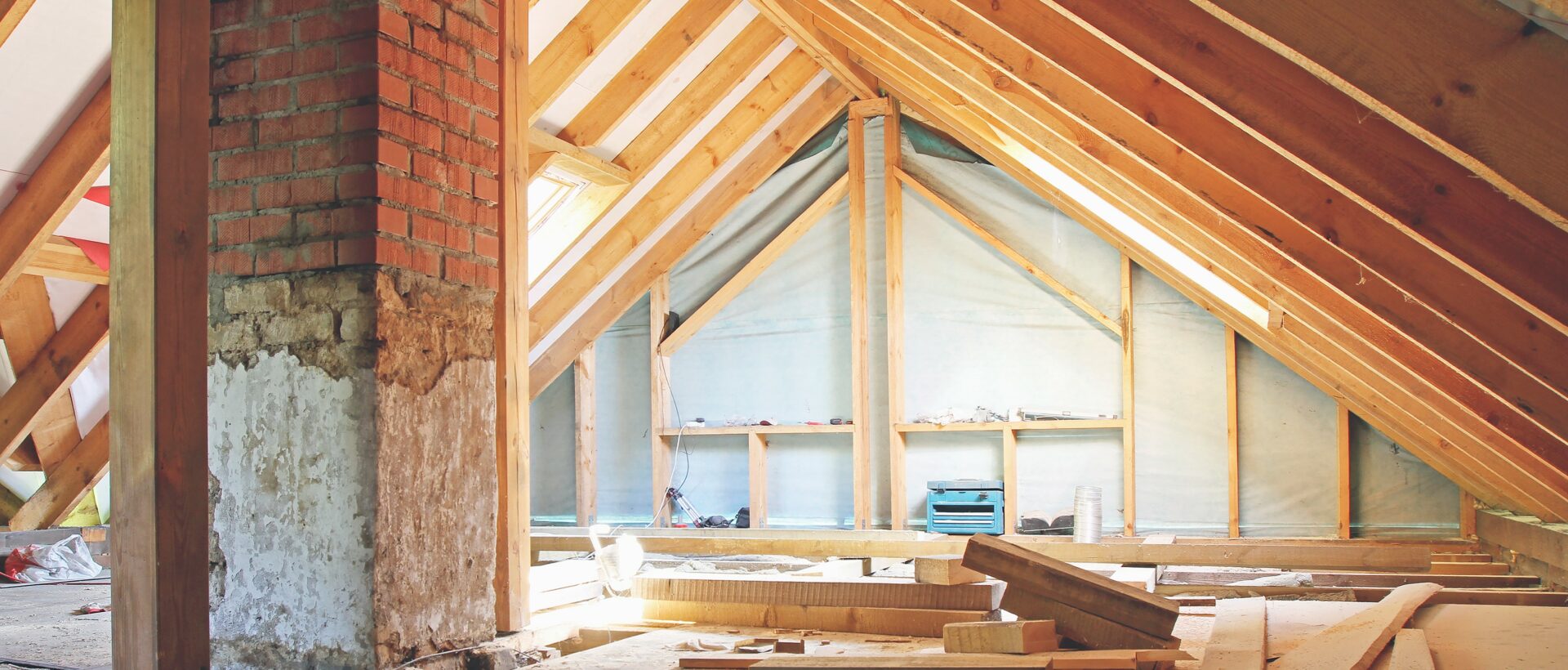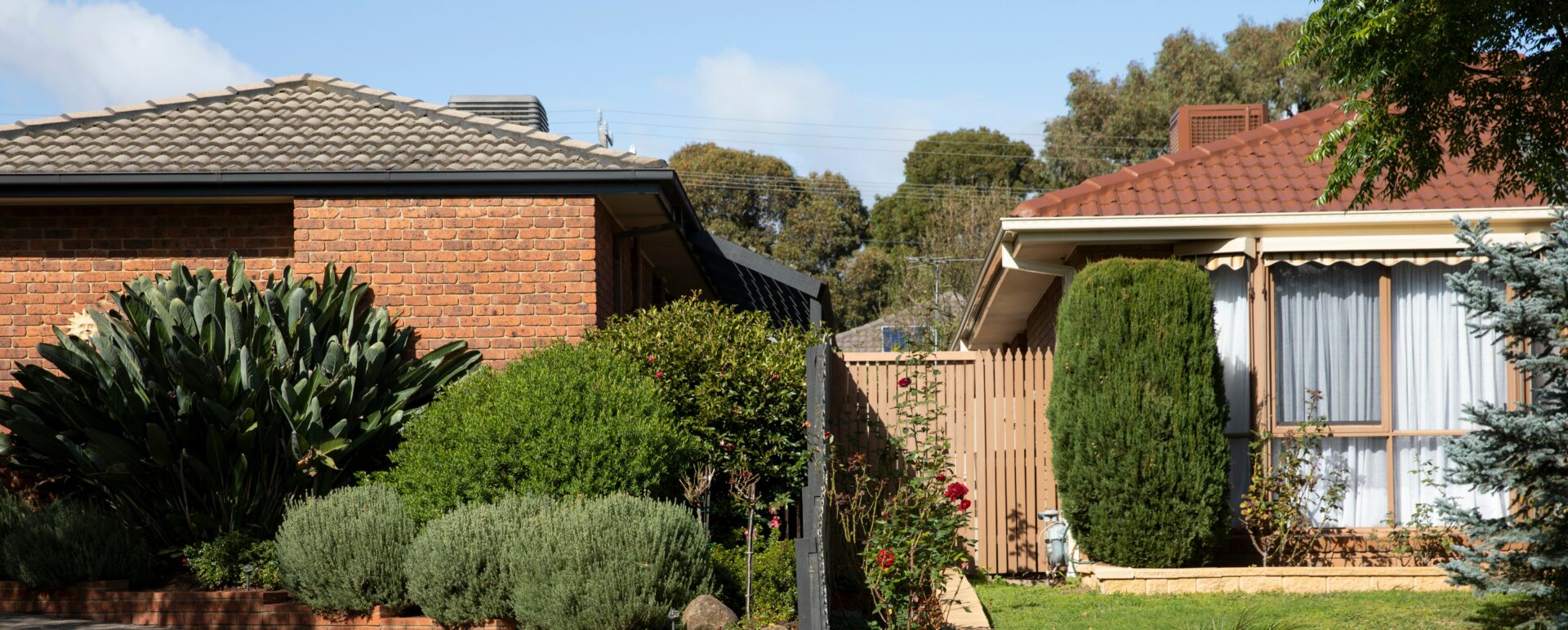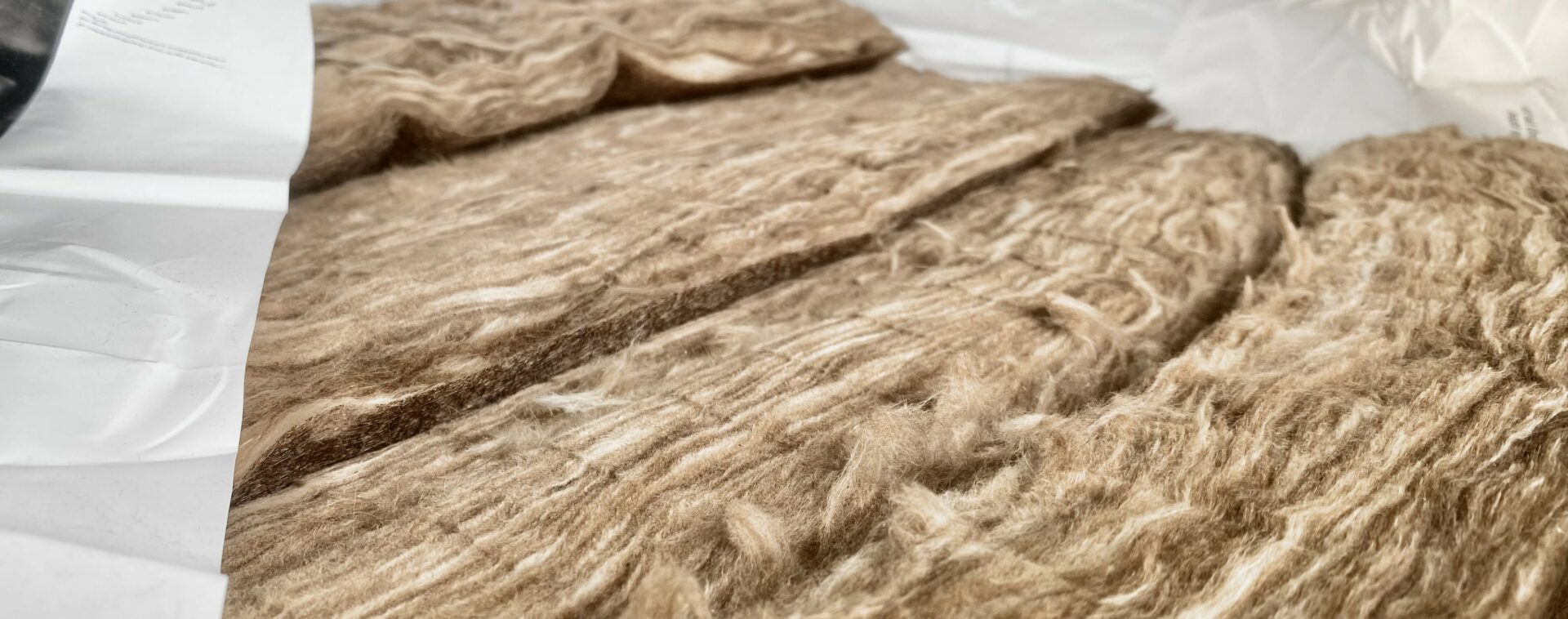Roof Insulation Inspection

When it comes to creating a comfortable and energy efficient home, the importance of insulation cannot be overstated. If the existing insulation above your ceiling is inadequate, then a roof insulation inspection is highly recommended.
What is a Roof Insulation Inspection?
A roof insulation inspection is a thorough examination of the insulation within the roof space of a home. The main goal is to identify any issues that may compromise the insulation’s effectiveness in maintaining optimal performance, and ensures that the insulation meets the necessary standards to provide an energy efficient and comfortable living environment.
Insulation is quite costly, both to purchase and install, but by conducting periodic inspections you can make your investment worthwhile.
When is an Insulation Inspection Required?
If you own a rental property in Canberra, you’ll need to take steps to ascertain the R-value of any existing insulation. Prior to 30th November 2026, all rental properties in the ACT will need to comply with the minimum ceiling insulation standard. The first step in this process is to arrange a roof insulation inspection. If your property is in Sydney or other areas of NSW, then this requirement is not mandatory. However, if you believe that your home may be under-insulated, then it is still highly recommended to arrange an insulation inspection sooner rather than later. The inspector may then recommend an insulation removal and replacement if your existing insulation is totally ineffective, or just an insulation top-up if there’s not enough of it.

What Does the Insulation Inspection Involve?
- Safely access the roof space either through a manhole or via the external roof.
- Measure the thickness of the insulation – if the insulation closest to the manhole in visibly thicker or thinner than the surrounding remaining coverage, make an adjustment to arrive at the estimated average overall coverage.
- Assess consistency or identify large gaps in insulation – these factors have a significant effect on R-value. A thermal imaging camera can be used to find where insulation is missing.
- Finally, estimate the insulation R-value based on thickness, condition and coverage.
Common Types of Roof Insulation
There are a variety of roof insulation types you may use to insulate your roof space:
- Fibreglass insulation is a cost-effective option made from fine glass fibres. Available in batts or rolls, it offers good thermal performance and is fire-resistant. However, it may cause irritation during installation. Our preferred type of glasswool insulation is Knauf Earthwool insulation, which is soft, less itchy and causes minimal skin irritation, and Bradford Gold insulation, which also has impressive thermal and acoustic properties.
- Cellulose insulation, made from recycled paper treated with fire-retardant chemicals, is environmentally friendly. It’s blown into attics or wall cavities, providing effective heat transfer reduction and sound insulation. If you ever need to remove it, you can book in a roof insulation vacuum service.
- Polyester insulation is a favourite among many ceiling and underfloor insulation installers due to its zero-itch handling properties and the fact that it contains no breathable fibres.
- Spray foam insulation, available in open-cell and closed-cell forms, expands upon application, creating a tight seal. It reduces air leakage and offers excellent insulation, though it can be significantly more expensive.
- Reflective insulation, often used with other materials, consists of a reflective surface that reflects radiant heat. It is beneficial in hot climates and can be stapled to rafters or roof sheathing.
If you’re unsure about which type of roof insulation to install in your home, reach out to a professional roof insulation installer. They can give you expert advice and help you with the installation process.

Let Amelior Help you With your Roof Insulation Inspection
Conducting a roof insulation inspection on your own can be a daunting task, especially if you are not familiar with working in enclosed and dusty environments. When you book your inspection with Amelior Insulation you can rest assured that the inspection will be carried out by an insulation installer who has been trained to carry out this task safely and efficiently.
✔ Experience
When working up in the roof space, experience means everything.
✔ Safety
Our professional inspectors follow strict safety protocols and are trained to manage potential hazards such as tripping risks, exposed wiring, and fragile surfaces.
✔ Accuracy
Our report provides an accurate estimate of the performance R-Value of any existing insulation.
✔ Expert advice
Even if your home has some level of insulation, we can advise you on any recommended level of upgrade to maximise the effectiveness of your insulation.
✔ Final report
The final report we provide summarises all our findings and recommendations, and includes photos from the inspection for your records.

Roof Insulation Maintenance
After having a roof insulation inspection done, it’s essential to keep it in good shape for lasting effectiveness. To help you maintain and extend the life of your insulation:
- Avoid disturbing the insulation. If you need to move any insulation batts yourself for any reason, take some photos before you start, and place everything back as you found it. Or alternatively, book an experienced ceiling insulation installer to come and fix it for you.
- Watch for water. Keep an eye out for any signs of water in the roof space, especially after a severe storm. If you find a leak, fix it as soon as possible. Wet insulation is ineffective and can result in other issues such as mould.
- Get it inspected regularly. Schedule a roof insulation inspection every 2-3 years, or immediately if you suspect damage from flooding or vermin infestation. This way any problems can be identified and rectified early, allowing your insulation to keep performing at it’s optimal R-value for the life of your home.
Roof Insulation Inspection Cost
To obtain an over-the-phone quote for your roof insulation inspection, please call us on 0450 858 568. Amelior Insulation does roof insulation inspections in Sydney, Canberra, Blue Mountains and surrounding suburbs like Liverpool, Campbelltown and Blacktown. In addition to insulation services, we do whirlybird installations, which will improve the ventilation of your home.
We look forward to speaking with you and assisting with your insulation requirements!
